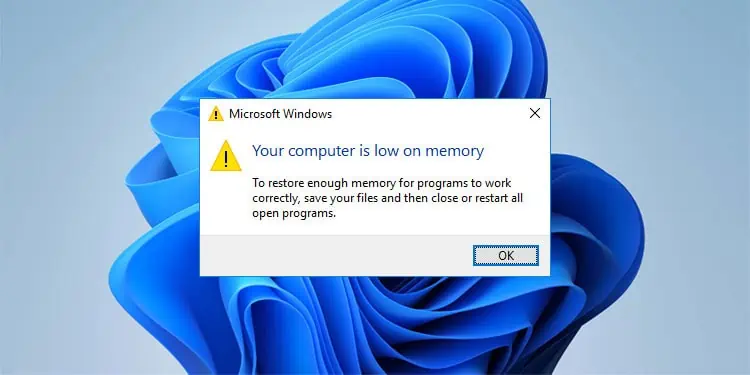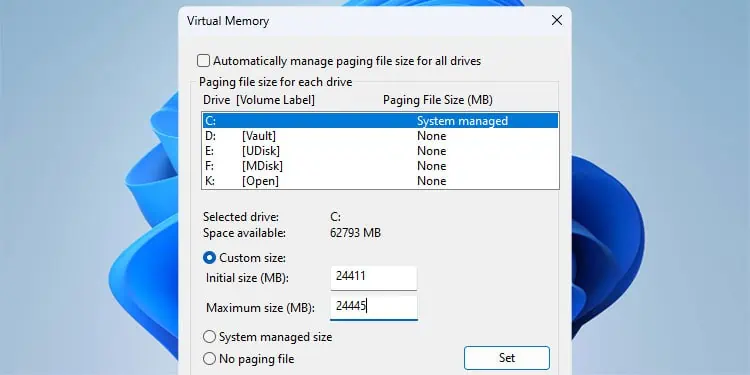When the physical RAM installed on the system isn’t enough to meet the demands of the active processes, Windows moves pages of virtual address spaces to the pagefile. This allows the OS to repurpose part of the storage drive as memory in a process known as paging.
Thus, to increase the virtual memory size on Windows, you’ll need to increase the page file size. Doing so has various pros and cons that confuse users, and you might also be unsure how much virtual memory is best for your system. We’ll attempt to answer all such queries with this article.
How to Increase Virtual Memory Size?
The usual recommendation regarding virtual memory size in Windows is to use 1.5 times the amount of the installed physical RAM. For instance, in a system with 8 GB RAM, you’d set the virtual memory to 12 GB. Generally, that’ll work fine. In such cases, you may utilize the following steps to set the virtual memory size on Windows:
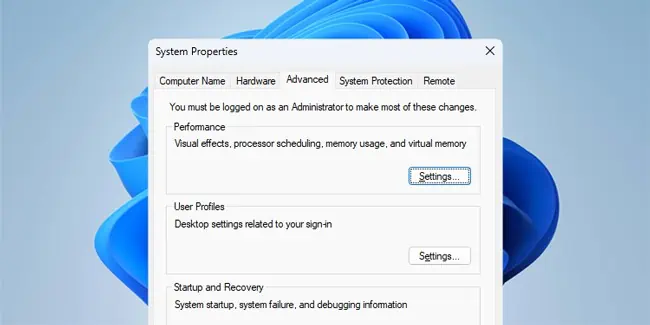
After setting the virtual memory size, be sure to keep an eye on your system performance. Any issues you were facingdue to low memorywillgenerallybe resolved at this point.
In some cases, setting the virtual memory too high can have the opposite effect and slow down the entire system. Slowly lowering the pagefile size and experimenting with different values can help with this.
But if you’re up for it, understanding how virtual memory and pagefiles work in Windows can be an even better approach to determining the appropriate virtual memory size for your specific setup.
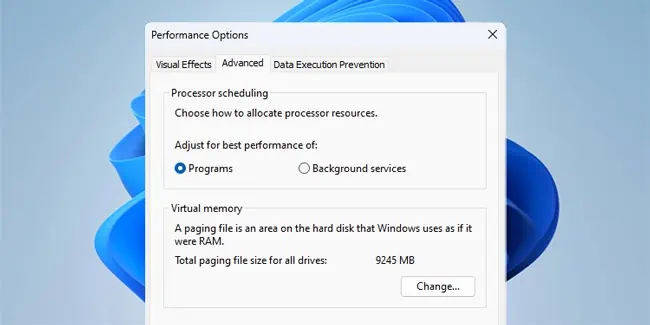
How Do Pagefiles and Paging Work?
Most programs and system processes in Windows reference memory through virtual memory addresses. The Memory Management Unit (MMU) translates these to real memory addresses.
Typically, when the memory demands of the running processes exceed the available RAM, the OS transfers pages of virtual address spaces (typically 4 KB blocks) to the storage drive. Basically, paging frees up RAM space for other purposes.
These pages are stored in files namedpagefile.sys, and the size of these files determines the virtual memory size of your system.
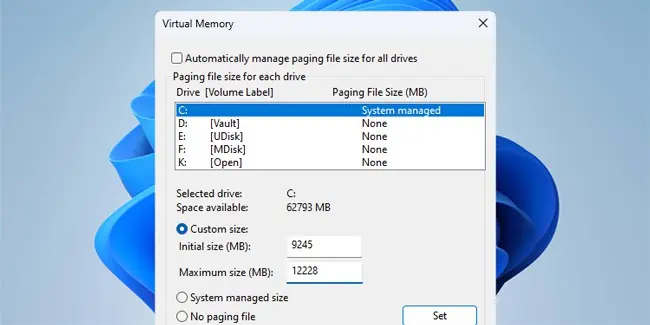
Why Are Pagefiles Necessary?
Typically, pages that aren’t accessed often are moved to the virtual memory. This allows the system to utilize the available RAM for higher-priority pages, which, as we’ve discussed, is the main use of page files.
However, there are other reasons as well to set up an appropriate-sized page file. In most cases, dedicated dump files aren’t enabled. Thus, page files are used to backup dump files in the event of a system crash.
Additionally, if thesystem commit limit is exceeded, you’ll encounter system issues like freezing and crashing. Since the commit limit is the sum of physical and virtual memory, a pagefile can prevent such problems by significantly raising the commit limit.
